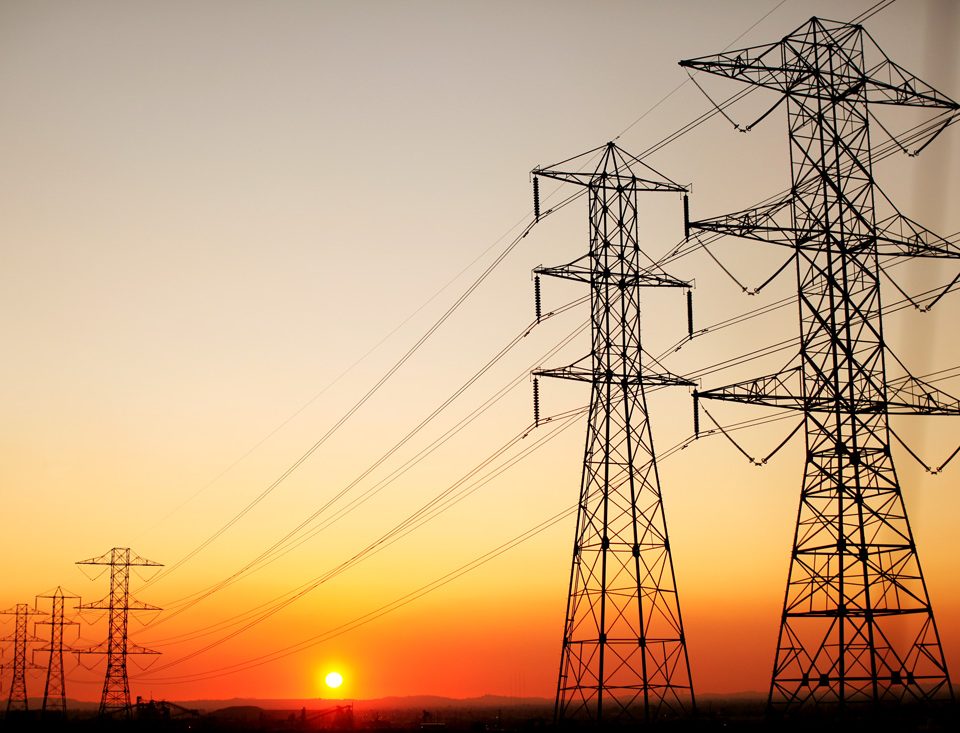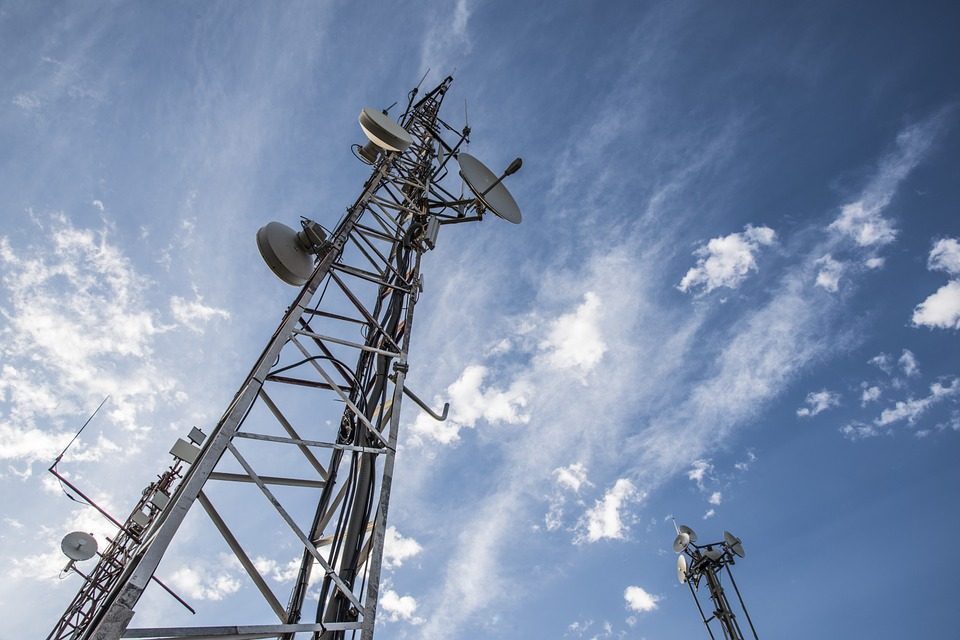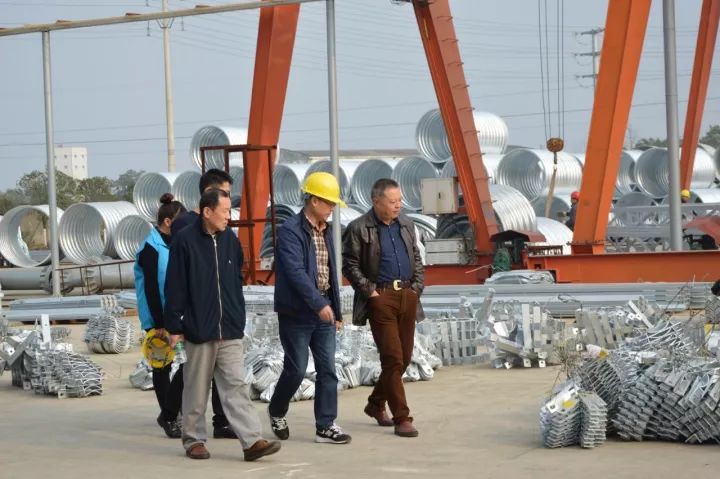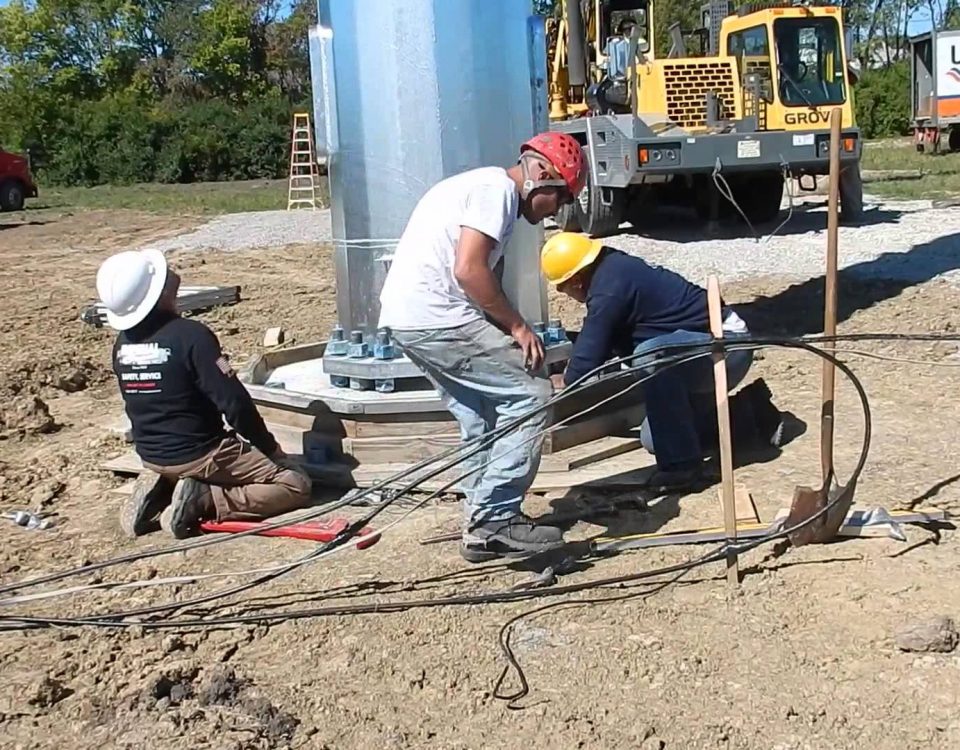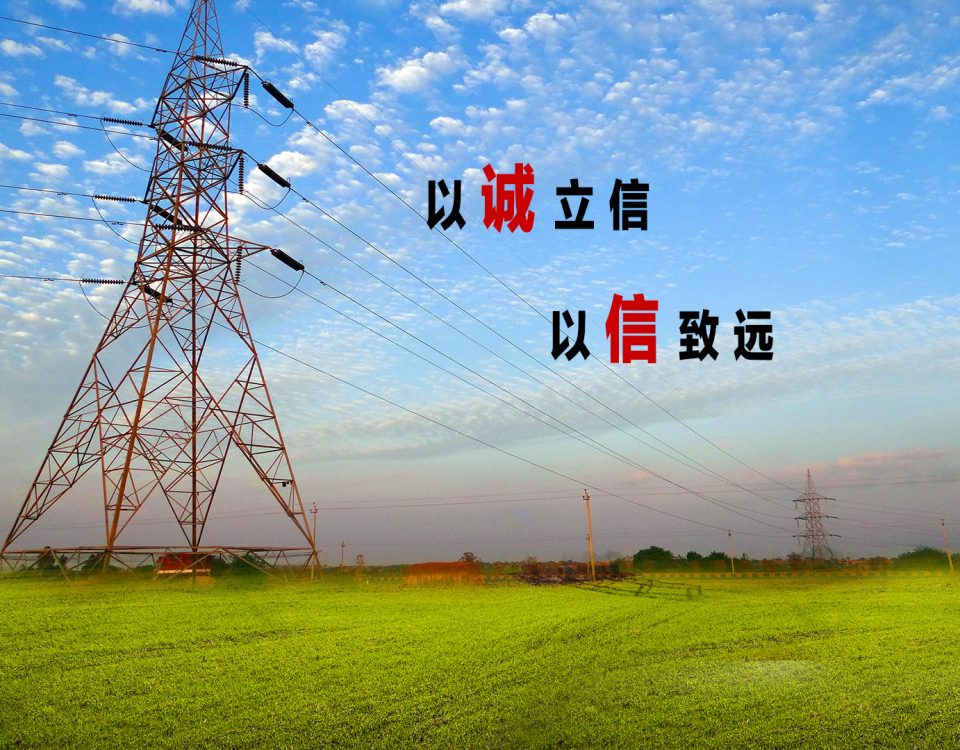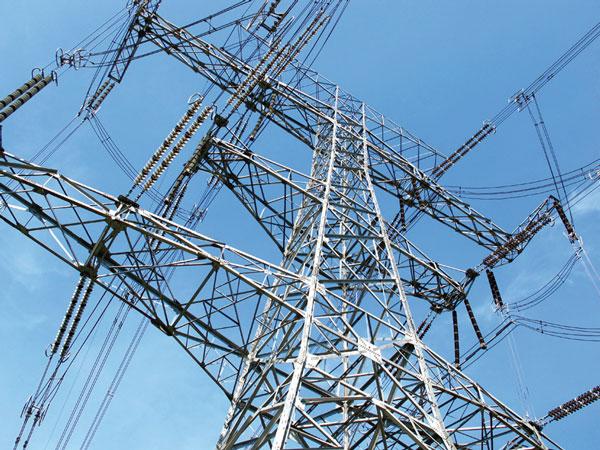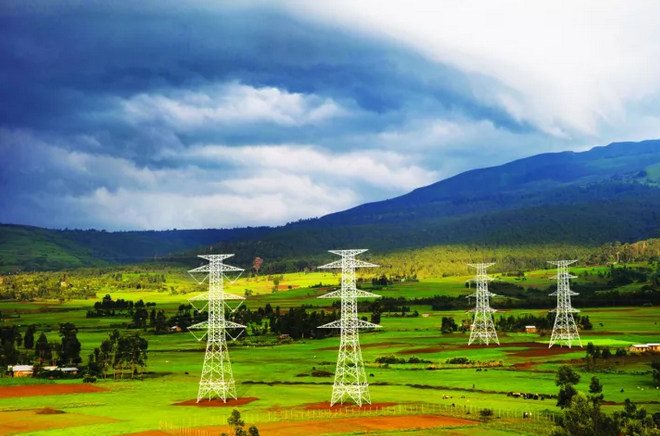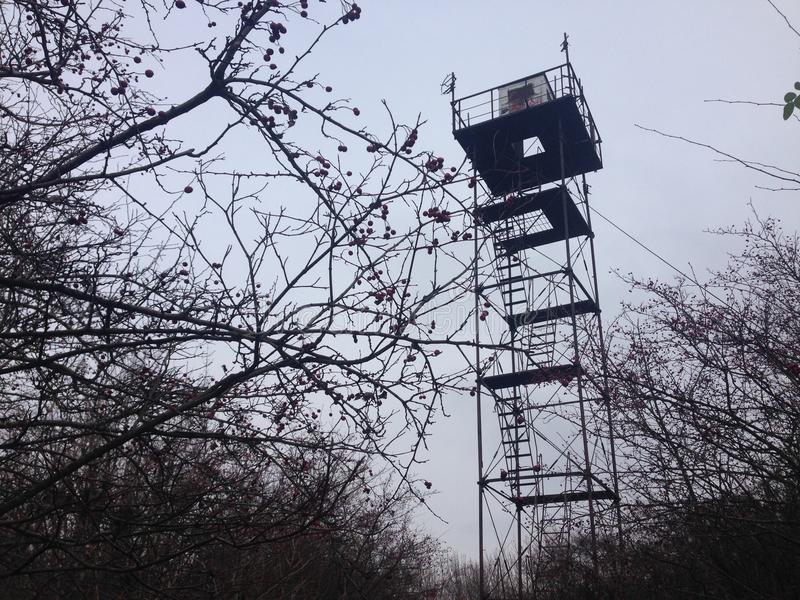How transmission lattice towers transmit electricity ?
Electric power transmission is the bulk transfer of electrical energy from generating power plants to electrical substations. Electricity is transported over long distances at high voltages, which minimizes the loss of electricity. Electric power distribution includes the local wiring between high-voltage substations and customers. Combined, these form a network known as
the “power grid”. This network consists of the generating facilities, transmission lines, subtransmission lines, distribution lines, and substations.
The process of generating and transmitting electricity is described below:
(1) Electricity is produced in generators at a Generating Station (power plant). The generator converts mechanical
energy to electrical energy by forcing electrical current to flow through an external circuit. Typically an electric conductor,
such as copper, spins within a magnetic field to produce electricity. The energy used to spin the conductor can
come from natural gas, coal, falling water, nuclear energy, and renewable resources such as wind and solar energy. At
generating stations, electricity is typically produced at less than 30,000 volts (30 kV). Before entering the transmission
lines, the electricity is “stepped up” to high voltages by transformers (devices that increase or decrease the voltage on
a circuit).
(2) The Transmission Lines carry electricity over long distances, from the generating facility to areas of demand. The
electricity in transmission lines is transported at voltages of over 200 kV to maximize efficiency. Voltages of 220 kV to
500 kV are typical. Transmission lines are usually attached to large lattice steel towers or tubular steel poles.
(3) A Transmission Substation connects two or more transmission lines and contains high-voltage switches that allow
lines to be connected or isolated for maintenance (also referred to as a Switching Station). The substation may
have transformers to convert between two transmission voltages, or equipment such as phase angle regulators to
control power flow between two adjacent power systems. A large transmission substation can cover many acres with
multiple voltage levels, and a large amount of protection and control equipment (capacitors, relays, switches, breakers,
voltage and current transformers).
(4) Subtransmission Lines carry electricity at voltages less than 200 kV; typically 66 kV or 115 kV. Subtransmission
lines are usually suspended on tall wood or light-weight steel poles. They can also be placed underground.
(5) A Distribution Substation reduces voltage from the high-voltage transmission system to a lower voltage suitable for
the local distribution system of an area. It is uneconomical to directly connect electricity consumers to the highvoltage
transmission network, unless they use large amounts of energy. Distribution substations are generally located
closer to the consumers.
(6) From the Distribution Substation, electricity is transferred to Distribution Lines. These lines cover much shorter distances,
and are typically energized at 16 kV, 12 kV, or 4 kV. Lower-voltage distribution lines carry electricity to neighborhoods
on shorter wooden poles or underground. Transformers located on distribution poles, on a concrete pad on
the ground, or underground further step down the voltage before it is ultimately delivered to homes and businesses.


